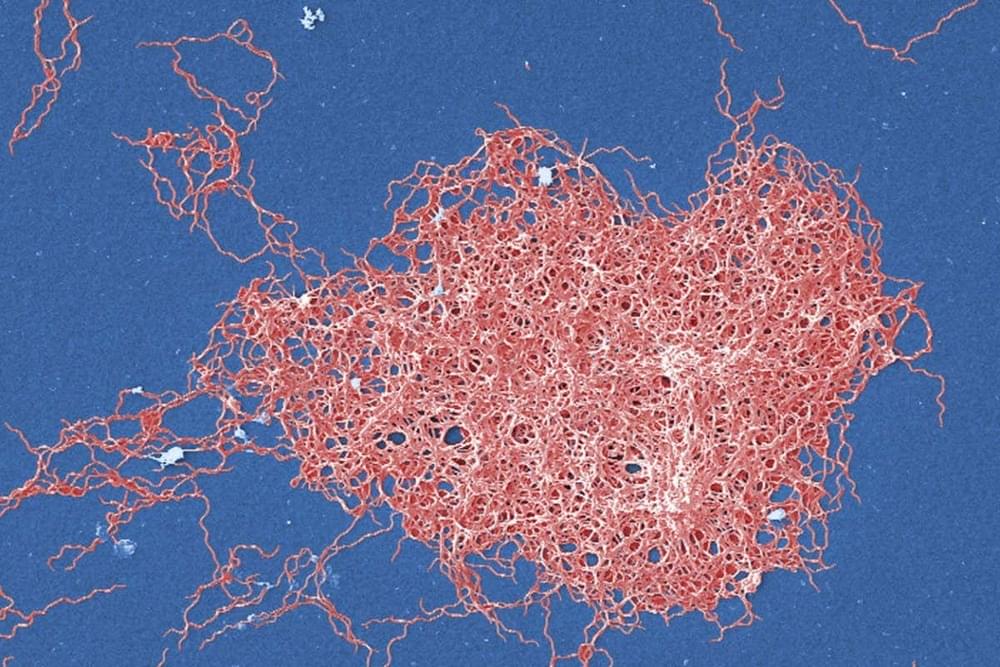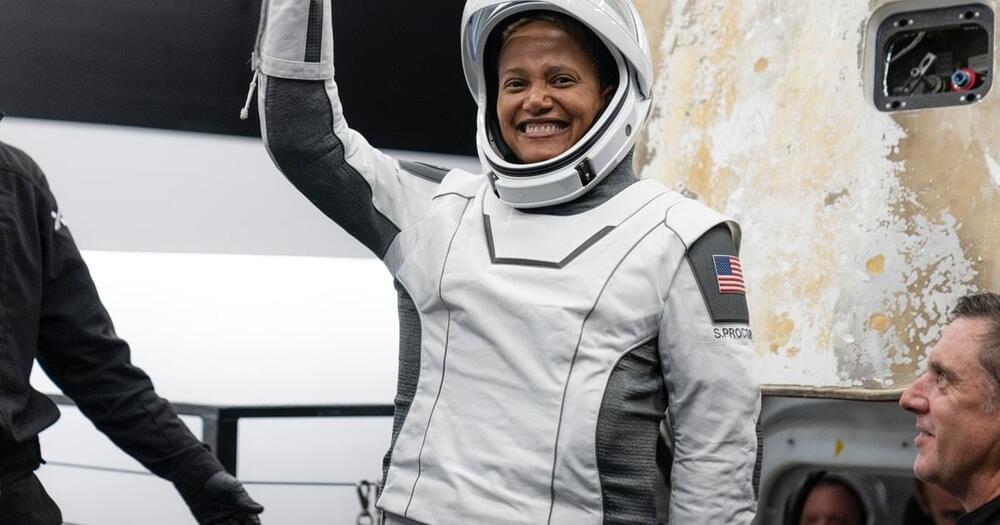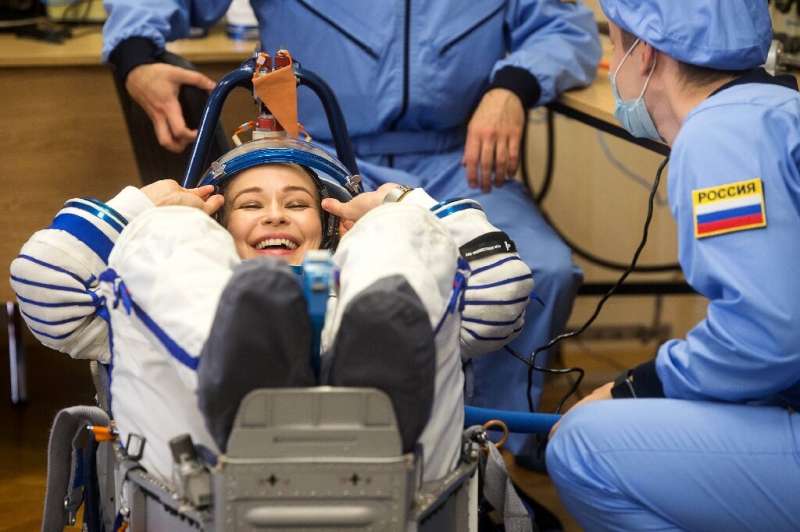“This speed bag resupply feature is a game changer for the warfighter,” said in a statement Mike Goodwin, sales and strategy manager Bell. “With the ability to drop supplies quickly and efficiently in a drop zone or a remote location, we can get critical supplies delivered as soon as they’re needed.”
Bell claims the APT has already flown 420 times at U.S. Marine Corps Air Station Yuma, in Georgia, and other sites. Now, the company is seeking to demonstrate how the aircraft can drop supplies on demand at its cruising speed of 80 mph (129 km/h).
For now, the vehicle’s main advantage is that it will simply drop the transported goods quickly near the location, allowing personnel to immediately retrieve supplies without needing to wait for aircraft to land and takeoff. This allows the drone to conserve battery power by minimizing hover time, extending its mission range and time, and increasing the chances the aircraft will survive.






